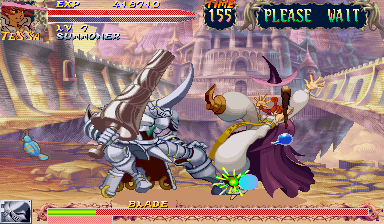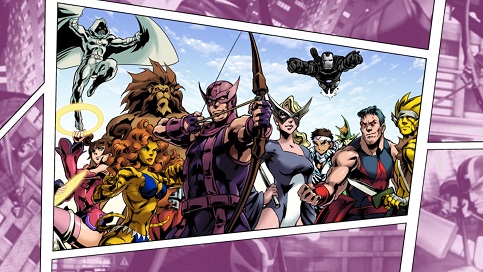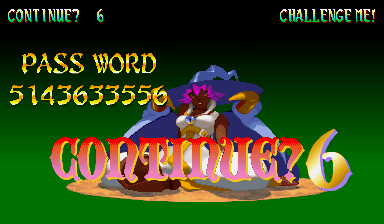




  (VA: Tomoko Naka) A self-proclaimed 'sorcerologist', who investigates the appearance of storms and monsters around the world to find the evil behind it. |
  (VA: Daisuke Gōri) The outcast king of Savalia, cursed by Scion with a half-beast body. He now vows to save his kingdom or die trying. |
  (VA: Megumi Urawa) A young martial-artist who returns home from a tournament only to find her town burnt to the ground, and seeks the people responsible. |
  (VA: Yukimasa Kishino) Leader of the Shinobi of Zipang, he sets off to repel invaders but suspects his Shogun has some kind of hidden agenda. |

![Mai Ling unsuccessfully hot-footing it, yesterday.
[You're fired for that clanger. - Ed]](images/redearth/redearth10.png)

















































